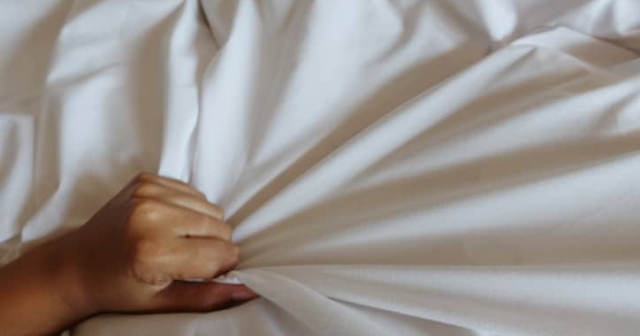If you’re reading this, there’s a good chance that you’re thinking about getting a penis piercing – or you’ve already decided to get one.
Before you make an appointment, it’s a good idea to find out a bit more about what’s involved, the different penis piercings you can get and how to do it safely. So read on…
Types of penis piercing
There are lots of different types of penis piercings and they each have their own features. A penis piercing is any type of jewellery that goes into the penis head (tip), foreskin or shaft, or even the ball sack (scrotum).
The Prince Albert piercing is probably the best-known and most popular penis piercing. This piercing goes in through the hole that you pee from (the urethra) and comes out on the underside of the penis shaft, near the head.
A common variation is called a Reverse Prince Albert, where the piercing comes out on the top of the shaft rather than the underside.
While the benefits of a Prince Albert can include intense stimulation during sex, it can also affect the flow and direction of your pee. Some men with a Prince Albert even find they need to sit down to pee.
Bear in mind that penises come in different shapes and sizes and some penis piercings might not be suitable for you. A qualified piercer will be able to advise you.
How a penis piercing is done
The exact procedure will depend on the type of piercing you go for. But generally, your piercer will sterilise the area before inserting a needle into the piercing site, followed by your chosen jewellery.
Always choose a reputable, licensed piercer who follows industry safety regulations. They will be able to talk to you about what you want and, if you’re unsure about anything, they should be happy to go through the procedure with you.
It’s a good idea to make sure your piercer is experienced in genital piercing – don’t be afraid to ask about their experience. After all, this is one of the most sensitive parts of your body.
Penis piercing aftercare
As with any body piercing, it’s important to follow good aftercare to avoid infection.
Genital piercings can bleed quite a lot for the first few days.
It’s also normal to notice some discolouration, tenderness, itching or a white-yellowish fluid (not pus) as the piercing area heals.
Generally, you can have sex as soon as you feel ready. But it’s important to maintain good hygiene, and any sexual activity should be gentle while you’re still healing.
When caring for your new piercing, remember to:
- keep the area clean and dry, and wash your hands before touching your piercing
- avoid playing or fiddling with your piercing – this may open up the wound or spread infection
- get medical advice if you think you have an infection – you may have soreness, redness, weeping or inflammation
Depending on the type of penis piercing, healing can take between 1 and 4 months – and sometimes as long as 8 months.
If you’re worried that your penis piercing isn’t healing properly, see a doctor as soon as you can.

Key points
- there are many types of penis piercing
- you should choose a licensed piercer who is experienced at penis piercing
- looking after your new piercing will help to avoid infection
- it can take between 1 and 8 months for a penis piercing to heal






